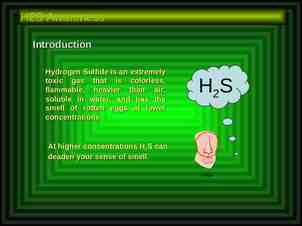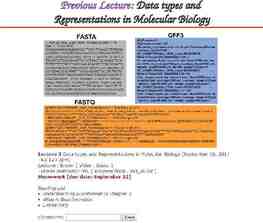Development of Advanced Instruments for Adaptive Optics Cameras,
11 Slides709.50 KB
Development of Advanced Instruments for Adaptive Optics Cameras, Spectrographs, Coronagraphs, Tomographic Cameras and Ophthalmoscopes for AO Associate Director - James Larkin
Motivations AO presents new capabilities and challenges for scientific instruments – – – – High spatial resolution requires fine sampling Small physical size of instrument components Small corrected field of view Need excellent optical quality Only a few simple custom AO instruments have been developed Many of the technologies are common between AO and AO instruments (lenslets, MEMs, low noise detectors) AO and instruments require a close coupling
What is CfAO Doing for AO Instrumentation Sponsor design studies for new concepts and technologies – Train graduate and undergraduate students in instrumentation – Develop new technologies with industrial partners Organize AO instrumentation workshops – Will also improve general purpose instruments Develop reduction and analysis software and simulations Assist with instrument proposals and design reviews at major observatories
Optimizing AO with Applications to OCT Imaging of the Human Retina P.I. : Donald Miller (Indiana Univ.) Develop Optical Coherence Tomographic Camera Current Status – – Optimizing wavefront corrector design for human eye Designing OCT camera Select Future Goals – Construct 37 channel DM with optimized wavefront correction. – Integrate AO system and OCT camera. – Design optimized system for clinical population.
Adaptive Optics Scanning Laser Ophthalmoscope P.I. : Austin Roorda (Univ. of Houston) Built optical testbed for AO system Build a scanning laser ophthalmoscope Current Status – Ordering components for SLO Select Future Goals – Test 37 channel DM. – Combine AO system and SLO. – Develop software for acquiring and rendering 3-D retinal images. – Test and develop 2nd generation AO-SLO
Integral Field Spectrograph P.I. : James Larkin (UCLA) Design spectrograph for Keck AO system Work on software for Reducing 3-d data Built Optical Testbed Submitted proposal to CARA and NSF for instrument funding Working on analysis package for Keck AO data – KCAM & NIRC2 In year 2, will investigate the use of fiber optic bundles for IFS.
IRCAL – Infrared AO Camera P.I. : James Graham (U.C.Berkeley) Facility Class IR camera optimized for the Lick 3m AO system. Center activities concentrate on improving camera and investigating new technologies and capabilities. Camera is also one of the main facilities available to center scientists. New Technologies – Silicon grisms for spectroscopy – Coronagraphic masks for high contrast imaging.
Center Aspects The three main groups of opthalmologists have coordinated their instrument developments in order to avoid direct overlap and to cover several instrument concepts. The two astronomy instruments groups collaborate on integral field spectrograph. Six graduates students are being trained in state-of-the-art instrumentation. Center funding helped build a full scale test bed for the integral field spectrograph. This was crucial in gaining experience that led to a winning proposal for instrument funding. Many of the astronomical science programs use IRCAL as their main instrument. The silicon grisms in IRCAL have come out of a collaboration between Livermore and U.C. Berkeley center members. A UCLA astronomy graduate student has visited the Rochester Lab.
Future Instrument Developments Instruments and AO systems need to work together actively –Phase diversity: move elements within instrument in & out of focus –Integrated infrared tip-tilt sensors for maximum IR sensitivity (connected to 4) –Optimize PSF shape to fit aperture and observing mode (connected to goal 2) Rockwell 2048x2048 Infrared Array goal Advanced Detectors –AO on 8-10 m telescopes needs very small pixels to sample diffraction limit; requires more pixels and larger detectors. –As AO pushes into the visible, instruments will need larger wavelength range - 0.5 to 5 micron HgCdTe (connected to goal 4). –Partner with Rockwell Science Center to evaluate new infrared arrays (connected to goals 2 and 4).
Vision for the Future In next four years: – Integral field spectrographs will be taking spectra routinely at better than 0.1” resolution – High resolution spectrographs will be much more compact IR spectrographs will be cheaper and have higher resolution – AO Coronagraphs will observe faint objects very close to bright stars Protoplanetary disks Brown Dwarfs – Vision instruments will be able to probe 3-dimensional structures of photoreceptors at the diffraction limit of the eye. – Vision instruments will be optimized for the degrees of freedom of the eye so they will be cost effective and compact.
Vision for the Future In ten years: – Instruments for astronomical AO will be as varied and capable as instruments for ordinary telescopes today. – AO vision instruments will be mature enough to make them common tools for clinical researchers.
















